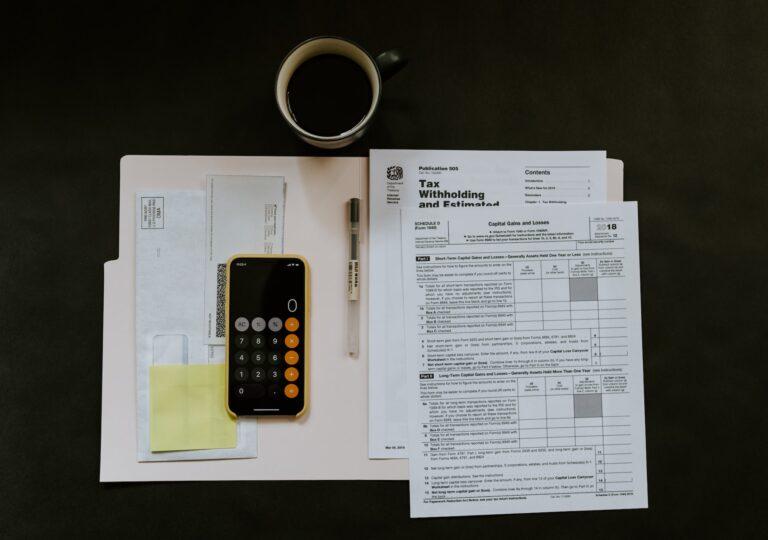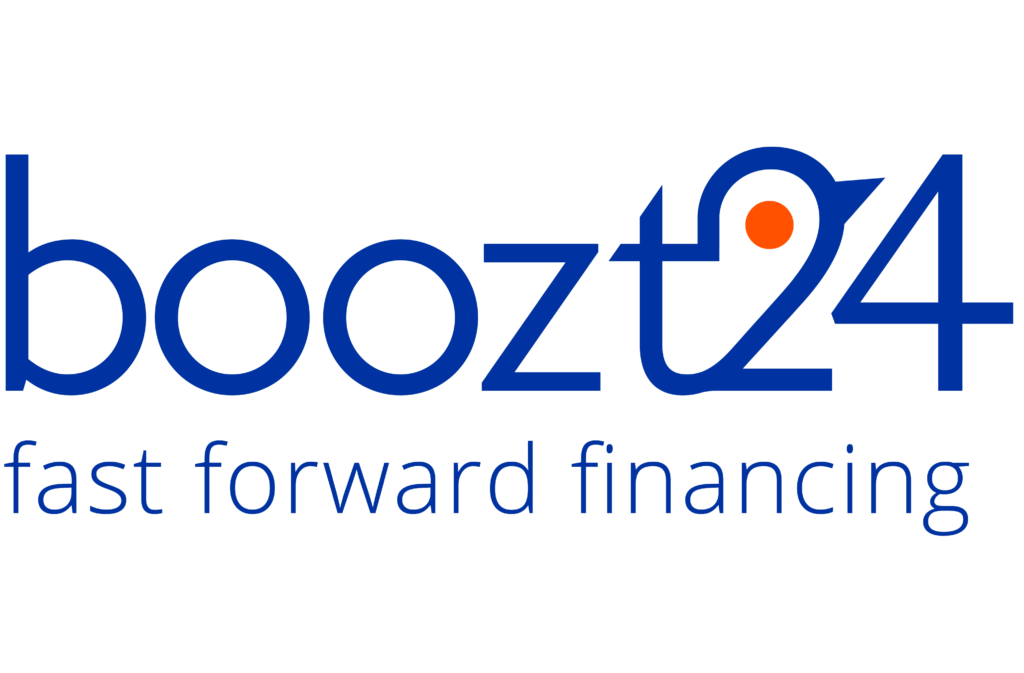It can happen to the best company: a short-term lack of money. But it doesn't have to happen to you. Cash flow problems can be prevented. Eight ways of good cash flow management.
1. Cashflow forecasting
It seems like an open door, but insight provides guidance and control. List the expected income and expenses for the next twelve months. Substantiate all figures and avoid guesswork. The sales figures must be realistic and be conservative in your calculations. It is more fun to be surprised with better results than to get into trouble due to disappointing figures. A thorough look into the future quickly provides insight into any bottlenecks and enables you to anticipate them.
2. Discount for paying early
If you depend on a few large, regular customers, it can pay off to give them a discount if they pay quickly. Agree with your customers that they will receive a discount on invoices that are paid within a period that is favorable to you. This is an expensive solution, but can provide more predictability and earlier payment.
3. Periodic billing
For long-term projects, you may be able to agree on a monthly or periodic invoice. Even if the company in question applies a payment term of sixty days, you will still receive a monthly amount of money after the first two months. For long-term projects, this can be more favorable than a part in advance and a part upon completion - see next point.
4. Down payments
Customers who prefer not to pay monthly for long-term projects – because this is more administrative work – may be willing to work with a down payment. Prior to the work, you send an invoice for, for example, 30 percent of the total amount. This immediately gives you more financial room. The remaining amount will be invoiced after delivery.
5. Debtor management
Do not wait to call after your invoices until they are due. If there is a problem with an invoice, you don't want to only find out when the payment has already been delayed. Call before the due date to verify that the invoice has arrived and that it is correct according to the customer. You can then solve any problems before the invoice expires and thus remove all objections that stand in the way of timely payment.
6. PO-numbers
Many large corporates work with PO numbers (purchase numbers). If you have just completed a project, it is not pleasant to have to wait another two weeks for a PO number, and then to have to wait another 60 or 90 days for payment. Apply for a PO number well in advance of completing the assignment. Or even better: prior to the assignment. It does not matter whether you work with a payment in one go, down payments or periodic invoices. Sometimes it is possible to get one PO number for each invoice.
7. Clear and concrete agreements if you have to give in to customer conditions
There is a good chance that your general terms and conditions mention a payment term of fourteen or thirty days. But if you work with large parties, this is often not feasible in practice. The largest party usually has the last word. Then at least make good agreements and agree on how the payment process will work: what are the invoicing moments? Can we already get a PO number? To whom or which departments should the invoice be sent? And how does the approval process work? This way you ensure that you are not faced with any surprises.
8. Work with forward financing
Can't your company afford to wait a long time for money, for example because you recently have temporary or extra staff costs that have to be paid every month? Then pre-financing, or factoring, is a wise choice. With pre-financing, all your invoices are partially advanced within 24 hours of being sent. Once the invoice has finally been paid by your customer, the remaining part will follow. This way you have access to cash at all times.
Did you know that this blog was also posted by Stichting MKB Financier as a guest blog.



